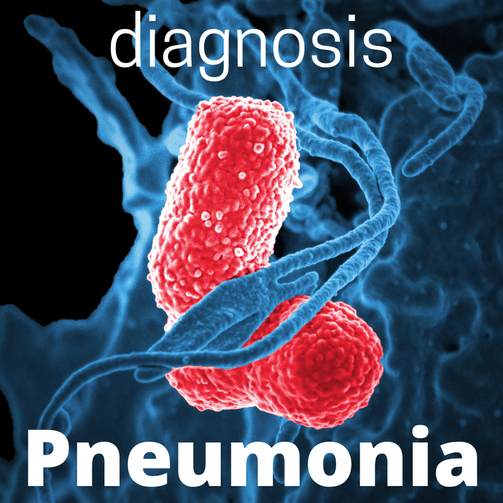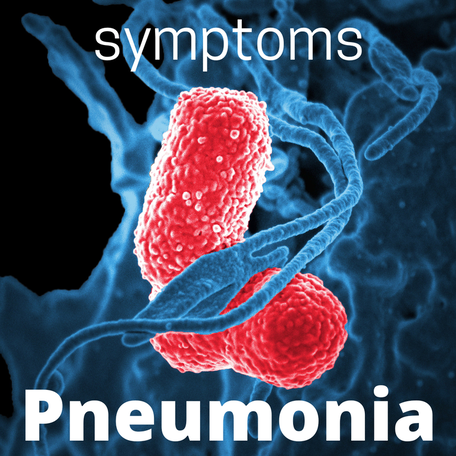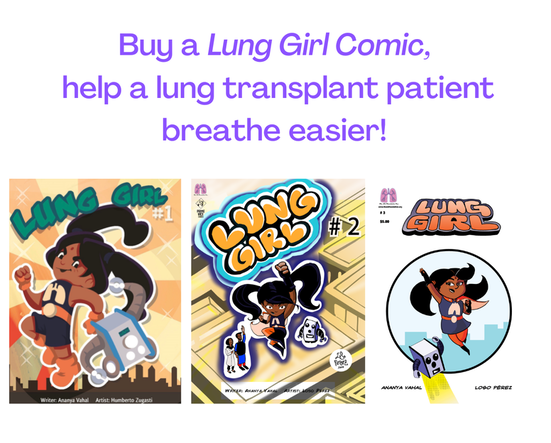How Is Pneumonia Diagnosed?It's hard to diagnose pneumonia because the symptoms are variable, but they're similar to influenza (flu) and other viral illnesses.
To diagnose this lung infection, doctors do a test and try to find out what kind of bacteria is causing the illness. As soon as you feel the symptoms, the first thing to do is call your doctor. Once you get to the clinic, your doctor will perform tests and process your medical history. Physical exam Your doctor will do a physical exam to test your lungs. First, they will listen to your lungs with a stethoscope. If you have pneumonia, your lungs may make crackling, bubbling, and rumbling sounds when you inhale. Once you know what kind of pneumonia you have, it’s easy to take medications prescribed by your doctor to treat the illness. While talking to someone face-to-face during recovery, you should always cover your mouth with a handkerchief or wear a mask as the infection is very contagious. It's best to stay quarantined until you have recovered. After you've recovered from the infection, it may take some time to go back to normal as you may still feel weakness, dizziness, etc. For some people it can take a week or two to recover, and for others it can take months. Adequate rest is essential at this time. While you're recovering, it's important to keep yourself comfortable, contact loved ones to help keep your spirits up, and eat well to nourish your body.
0 Comments
What Are the Symptoms of Pneumonia?
The symptoms of Pneumonia vary from mild to severe. This depends on several factors, including your age and overall health, and whether the infection is caused by a virus, bacteria, or fungus. The symptoms may be similar to those of a cold or flu, but they tend to last longer. The signs and symptoms of pneumonia include: • Cough, which may produce greenish, yellow or even bloody mucus • Fever, sweating and shaking chills • Shortness of breath • Rapid, shallow breathing • Sharp or stabbing chest pain that gets worse when you breathe deeply or cough • Loss of appetite, low energy, and fatigue • Nausea and vomiting, especially in small children • Confusion, especially in older people What is Pneumonia?
Pneumonia is an infection that inflames the air sacs in one or both lungs. The air sacs fill with fluid or pus (purulent material), causing cough with phlegm or pus, fever, chills, and difficulty breathing. What is a lung infection? A lung infection happens when a virus, bacteria, or fungus gets into your lungs and causes inflammation. Lung infections can range from mild to severe and may require medical treatment. Pneumonia is one of the most common lung infections. However, there are many treatments (medications) and ways to prevent it such as vaccines and good hygiene. Our next event is Free Comic Book Day!
We will be at Syndicate Comics and Collectables for a Lung Girl comics book signing on Saturday May 6th. Syndicate Comics and Collectables is the only comic book store that carries Lung Girl comics. We are so excited to partner with them this Free Comic Book Day. Come support The Sid Foundation and our favorite local comic book store, Syndicate Comics and Collectables this Free Comic Book Day! Visit their website for more information. If you can't make it and would like to purchase a Lung Girl comic, don't worry. Order your Lung Girl comic here. Our next event for 2023!
We're so excited to be at the Oconee County Fanfest 2023 this year! We'll be there all day from 10am-6pm. We'll have a table there with Lung Girl comics, t-shirts, trivia, prizes, and more! We hope to see you there! For more information, check out this Facebook event page: https://www.facebook.com/events/557116759668128 We are so excited to get back into the community this year with several events.
We want to thank Team Ohana for promoting Lung Girl comics which are now available for purchase at Syndicate Comics and Collectables. It’s great to see Lung Girl getting love from the comic book community! Also, congratulations to Luis for winning all 3 Lung Girl comic books during this Team Ohana Live Show Giveaway! We’re glad to have your support as we raise funds and awareness for lung transplant research and support lung transplant patients. Watch the show on their YouTube channel here. Take a look at some clips and screenshots here: If you can’t make it to Syndicate Comics, purchase your copy of Lung Girl here. All proceeds go towards funding lung transplant research and our Lung Transplant Patient Support program.
It’s almost tax season!
We would like to remind you that any donation you made to The Sid Foundation in 2022, including the purchase of Lung Girl comics, can be claimed on your taxes for a deduction. If you need a receipt for a donation or Lung Girl comics purchase for tax purposes, please email us at [email protected]. We would also like to thank our corporate sponsor GATP Solutions for helping us file our taxes every year and stay compliant with the IRS. If you need help with your taxes this year, we highly recommend reaching out to GATP Solutions! As always, thank you for your continued support. We are excited to continue growing with you in 2023. If you would like to help us change the statistics of lung transplant survival, please donate now. Happy New Year and Happy Birthday to Sid! As many of your know, at The Sid Foundation, we begin each year by celebrating Sid Vahal’s birthday on January 2nd. Today, Sid would have been 38 years old. To learn more about his story, click here.
We hope the new year brings joy and prosperity to you all. In celebration of the new year, we would like to recap our 2022 accomplishments and share our goals for 2023 with you. 2022 Accomplishments You may or may not know that 2022 started out as a rough year for our organization. Since the beginning of the pandemic, we lost most of our funding and had to put our programs on hold. We had to slow down our operation, but we did not think of shutting down The Sid Foundation for one second. We know our work is important, so we tried our best to keep the organization running. The year 2022, was the year in which we were finally able to come back into full operation and start recovering from the pandemic. We are happy to announce that we made great strides despite our low funding. Here are all the things we accomplished in 2022:
2023 Goals We have many exciting things planned for 2023! This year we will…
Once again, a huge thank you to our individual donors and corporate sponsors for continuing to support our work and our community. Thank you for helping lung transplant patients breathe a little easier. If you would like to help us grow and continue supporting lung transplant patients, please donate. We are very excited to announce that we are recipients of the Whole Foods Market’s Community Giving Program grant!
What does this grant include? In November 2022, Whole Foods granted us $1,750.00 to support General Operating at The Sid Foundation. Learn more about the Whole Foods Market Community Giving Program here. How will we use these funds? All the funds from this grant will be used to fund the Lung Transplant Patient Support program. That means will be able to help more lung transplant patients pay medical bills and send out more care packages in 2023. We are very grateful to our community for supporting us as we continue to grow and support more and more lung transplant patients! If you would like to help us grow and continue to do our work, please donate today. There are still a couple more weeks left to claim this donation on your taxes. |












 RSS Feed
RSS Feed